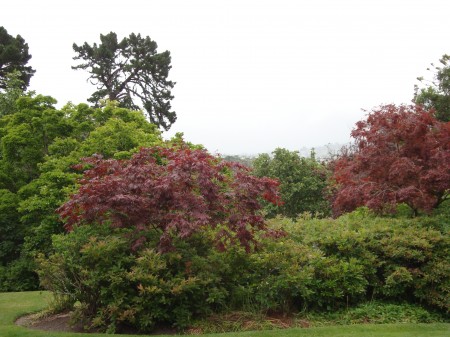HEALTH BENEFITS OF GINGER
The Aromatic Ginger Plant
Edible Species: Zingiber officinale; Zingiberaceae mioga; Zingiberaceae serumbet
Family: Zingiberaceae
Aromatic ginger is also known as Jiang in Chinese medicine.
THE AROMATIC GINGER RHIZOME, OR GINGER ROOT, has many culinary and medicinal uses. Ginger roots are well known for their healthful properties. Ginger has a world-wide reputation in medicine: Ginger is used in the ayurvedic medicine tradition, as well as in Chinese medicine and western herbal medicine..
Ginger roots can be used fresh, or in powdered form, or as crystallized ginger root.
ESSENTIAL OIL OF GINGER may be used in inhalations or as embrocation for arthritic and rheumatic pain, but this must be used conservatively: One drop only of essential oil, added to about a tablespoon of carrier oil such as olive oil, is all you need to make an embrocation oil for external use. Wash your hand carefully after using the essential oil: You don’t want to touch your eye area with any of this on your hands, as it will burn your eyes.
GINGER INHALATION;
Powdered Ginger, or fresh ginger roots can be used for this inhalation. Ginger inhalation can be a useful complement to other treatments for helping colds, flu, and lung infections. It works as a decongestant to help relieve the sinuses and lungs. Simply put a heaped teaspoonful of ginger powder into a bowl. If you are using fresh ginger, then grate about two teaspoons of ginger roots.
Pour over a pint of boiling water. Let stand for a minute to cool slightly, then put a towel over your head, covering the bowl as well. Keep the head up about 18 inches away from the water. This is about the length of your lower arm from the fingertips to the elbow. It is important not to get too close to the boiling water, as this will burn the delicate membranes of the sinuses and lungs. 18 inches is fine. Keep the head over the bowl at this distance away from the hot water, for about five minutes, or until you feel you have had enough. The inhalation treatment can be repeated often during the day or night, which might be necessary for chronic infections. Do see your doctor or naturopath or similar if you or any of your family have a severe infection.
ALTERNATIVE INHALATION WITH ESSENTIAL OIL: If you have essential oil of ginger, then you can use ONE DROP ONLY OF THE ESSENTIAL OIL in the bowl for inhalation. Follow the instructions as for powdered ginger inhalation above.
OTHER USES OF GINGER PLANT;
GINGER TEA can help to relieve a fever and promote sweating, as well as promote circulation.
The roots, shoots and leaves can all be eaten either raw or cooked.
Because ginger root helps circulation, it is a good herb for people to use who have varicose veins, or sluggish circulation with cold hands and feet. Ginger can help to lower high blood pressure, prevent heart attacks, and lower cholesterol. Ginger, like garlic, is a natural blood thinner.
Ginger roots can be used to treat nausea: Note – Caution needs to be exercised during pregnancy. Only small amounts should be used for morning sickness, and it should be used for a limited time only.
It is used in cooking: Fresh ginger root is a much used spice in oriental cooking. It is used to flavour many sweets, biscuits and deserts, and is used in some beverages, such as ginger beer.

